Although believed to be originating from the Americas, the beginnings of zucchini squash can also be traced back to Europe. Zucchini, which used to be a staple in all Italian gardens, it has now become popular in cuisines worldwide due to its delicious flavor, tender texture, and abundance of culinary uses. The versatility of flavors and textures allows zucchini to be used in sweet as well as savory dishes. Zucchini noodles, for example, are a prime example of zucchini being used as an excellent substitute for traditional ingredients.
Planting Zucchini Seeds:
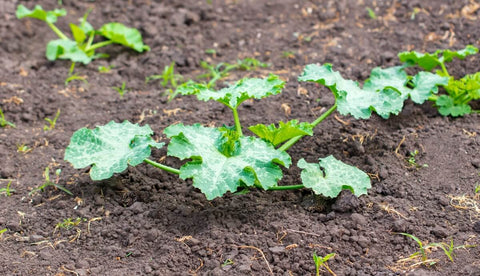
When planting zucchini seeds, whether in-ground or in containers, ensure a depth of about 1 inch and spacing of 2 to 3 feet between each seed. Zucchini seeds thrive in warm soil, so wait until the arrival of spring in your region to plant them outdoors. For container planting, choose pots that are at least 12 inches deep and provide ample drainage. Zucchini seeds can be planted with corn seeds as companion plants but one must avoid planting zucchini near potatoes in the garden.
Transplant zucchini seedlings once they have developed true leaves and are about 3 to 4 inches tall. Be gentle when transplanting to avoid damaging the delicate roots. Ensure that the soil is well-drained and enriched with compost before transplanting.
Things to Remember to Grow Zucchini:

- Location: Choose a sunny spot in your garden that receives at least 6 to 8 hours of sunlight daily.
- Soil: Zucchini thrives in well-drained, fertile soil with a pH level between 6.0 and 7.0. Incorporate compost or aged manure into the soil before planting to provide essential nutrients.
- Pollination: Zucchini plants require pollination to produce fruit. Encourage pollinators like bees and butterflies to visit your garden by planting pollinator-friendly flowers nearby. In case, your garden lacks pollinators, you can also pollinate zucchini flowers by hand.
- Watering: Keep the soil consistently moist but not waterlogged. Water zucchini plants at the base to prevent fungal diseases and avoid wetting the foliage.
- Trellising: In case you are growing zucchini in containers, remember to have a sturdy structure in place vertically to train the zucchini vines.
Maintenance and Fertilization:
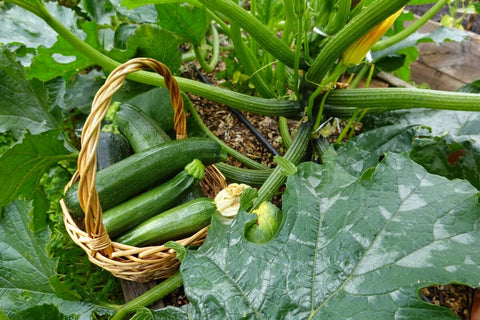
Regularly monitor your zucchini plants for signs of pests and diseases. Remove any weeds that compete for nutrients and water. Apply a balanced fertilizer like compost made with coffee grounds, banana peels and eggshells once a month to promote healthy growth and abundant fruit production.
Pests and Diseases:
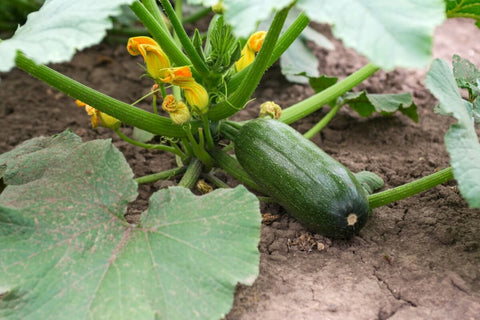
Common pests that may affect zucchini plants include squash bugs, cucumber beetles, and powdery mildew. Monitor your plants regularly and use organic insecticides or neem oil to control pests. To prevent fungal diseases, avoid overhead watering and ensure good air circulation around the plants.
Harvesting Zucchini:
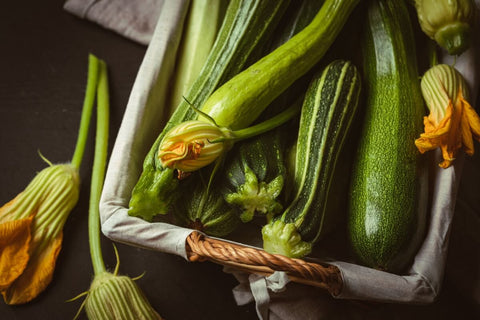
Zucchini plants typically start producing fruit within 45 to 60 days after planting. Harvest zucchini when they are young and tender, usually when they reach 6 to 8 inches in length. Use a sharp knife to cut the zucchini from the vine, taking care not to damage the plant.
Quick Summer Recipe with Zucchini Harvest:
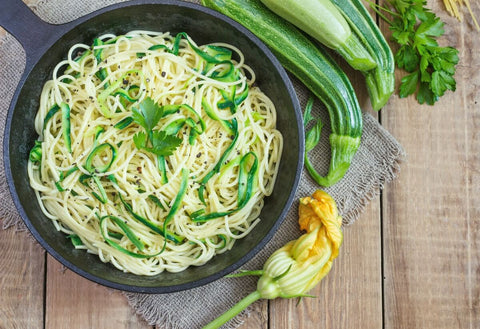
One delicious way to enjoy your freshly harvested zucchini is by incorporating it into a quick and flavorful summer pasta dish. Sauté thinly sliced zucchini noodles with garlic, cherry tomatoes, and fresh basil in olive oil until tender. Toss with some grated parmesan cheese for a gourmet meal from your own garden.


 Sign In
Sign In





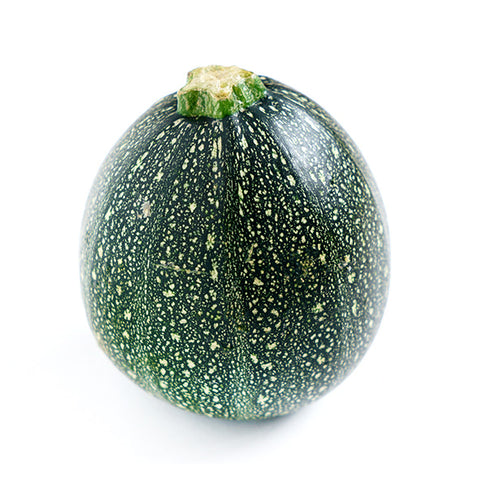
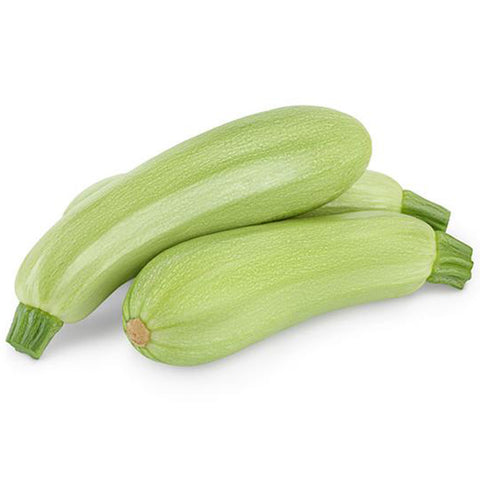
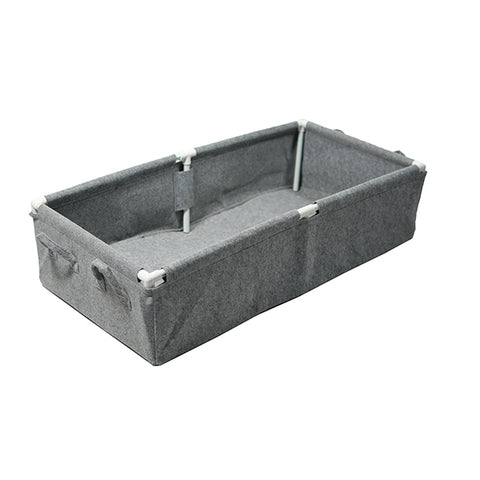
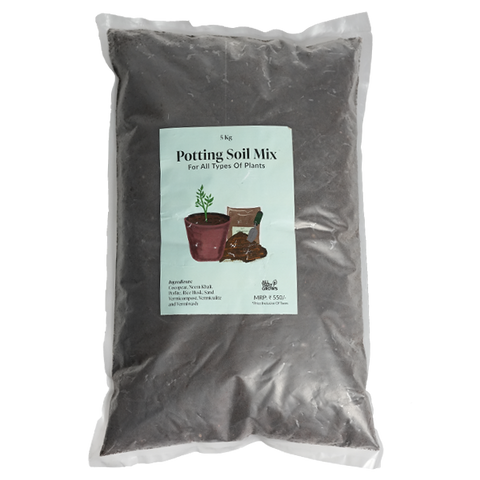


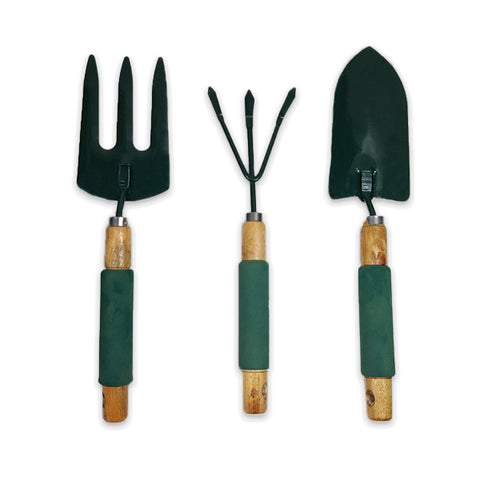






Let us know your feedback
* Comments must be approved before being displayed.